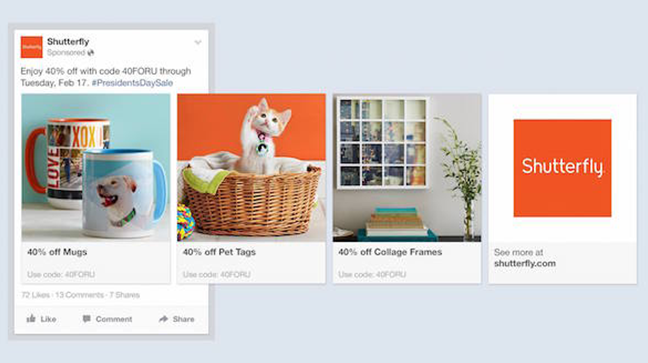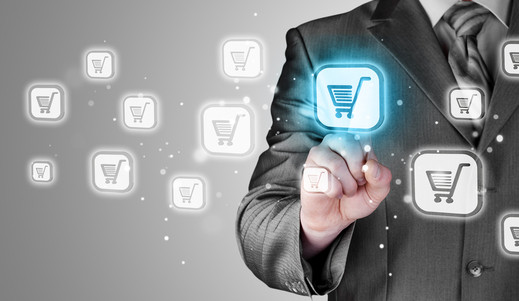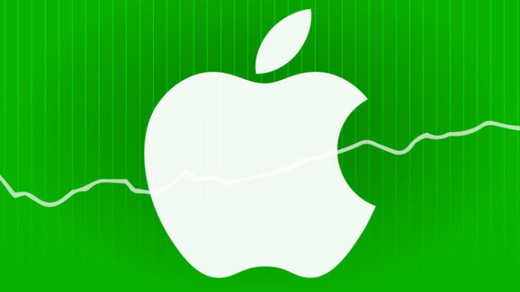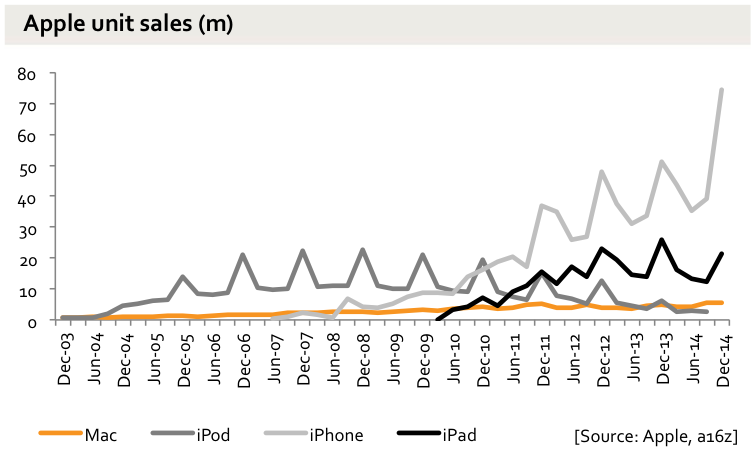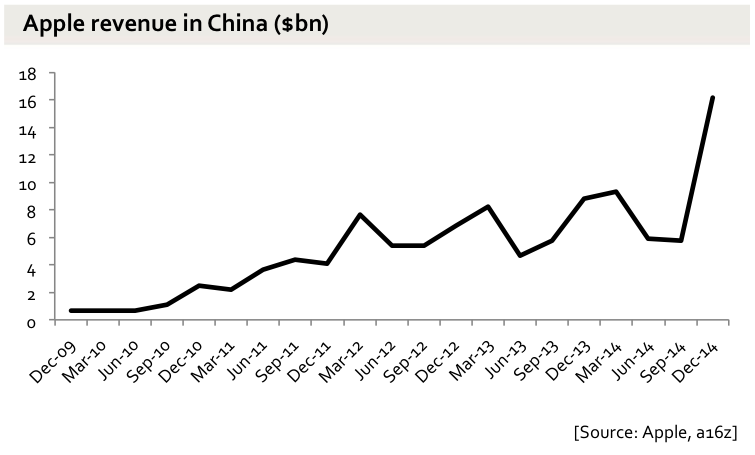JCPenney has tapped into the ever-growing trend to combine mobile and retail to stay relevant amongst competing ecommerce and mcommerce channels. Consumers who visit JCPenney will notice an array of Cinderella-themed merchandise for promotion of the latest Disney movie. The retail chain has partnered with mobile app, Shopkick, in an effort to create buzz and boost foot traffic in their stores.
The Lab took a visit to JCPenney to discover just how this brick-and-mortar store is using mobile to drive traffic into the store. What we found were various plaques decorating the store that read: “Use the Shopkick app as your magic wand for a chance to win JCPenney gift cards to complete your own Cinderella look”. Consumers can then scan a barcode and gain “kicks” that lead to discounts.
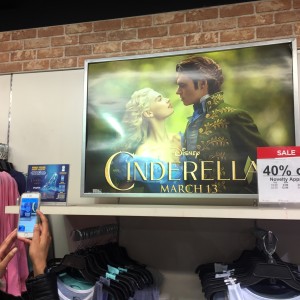
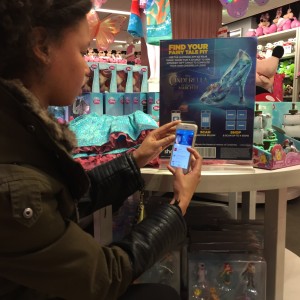
A unique discovery we also uncovered—Shopkick promotes healthy living. After chatting with other consumers participating in the magic, we found that some users are motivated to get out and walk as opposed to taking the NYC subway just to gain more kicks by passing storefronts.


